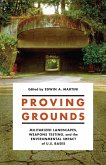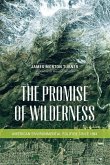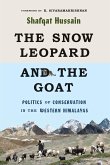"Weaving together environmental and social history, David Biggs offers an innovative history of the impact of war on central Vietnam in the long twentieth century, from the imposition of French colonial rule in 1885 to the end of American military involvement in 1973. The long history of conflict around the city of Huãâe produced belts of degraded lands and village societies deeply marred by the demands of war or periods of conflict. Once military units occupy a space, they change it in physical, legal, and cultural terms so that even long after the troopers leave, their footprints continue to shape patterns of land use and local memories of place. There are tombs, cemeteries, and war monuments; and there are the spaces in between, the subterrains of "wilderness" haunted by ghostlike presences of suspected chemical or munitions hazards. Digging below the surface, one risks being maimed by unexploded ordnance, getting ill from toxic chemical residues, or perhaps worst of all, being haunted by the ghosts of war dead who died violently or did not receive proper burials. Critical to this study are previously little used archives of maps and images created by technologies developed at the same time as the Indochinese wars, 1945 to 1975: aerial photography, high-altitude photography, satellite photography, and satellite-based, multi-band scanning. In this richly illustrated book, author David Biggs uses these new kinds of imagery to reveal the impact of war in the land"--








